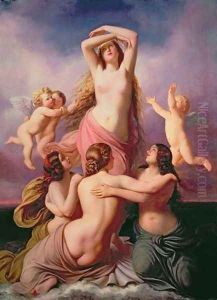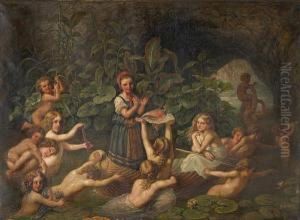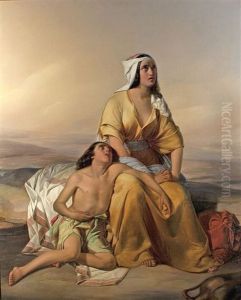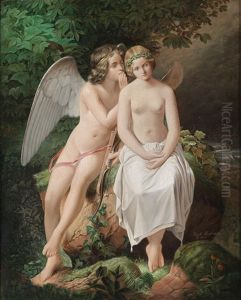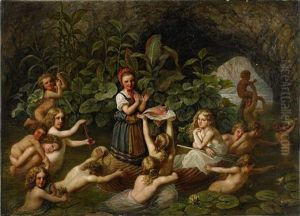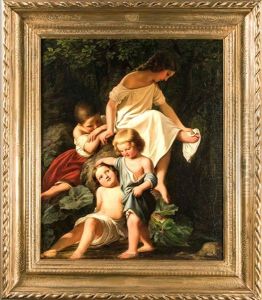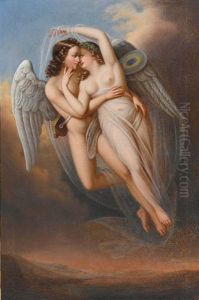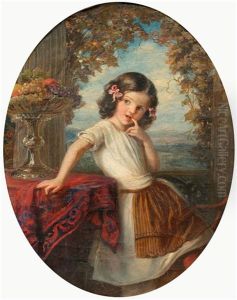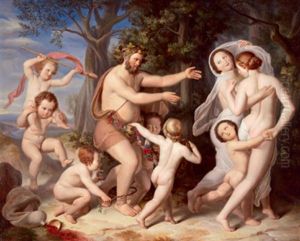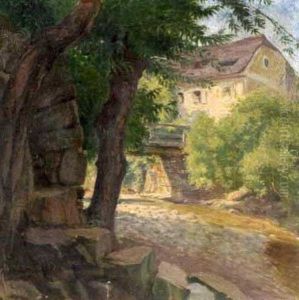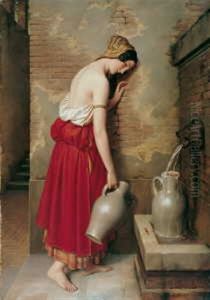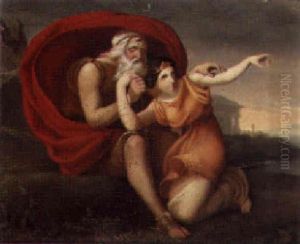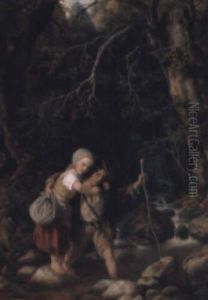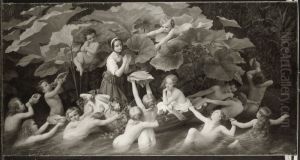Eduard Steinbruck Paintings
Eduard Steinbrück was a German painter and artist, born in 1802 in Magdeburg, Germany. Known for his historical paintings and participation in the Düsseldorf school of painting, Steinbrück made a significant contribution to the Romantic movement in Germany during the 19th century. His works are characterized by their detailed historical accuracy, dramatic intensity, and emotional depth.
Steinbrück studied art at the Prussian Academy of Arts in Berlin under the guidance of Wilhelm Wach. After completing his studies, he traveled to Düsseldorf, where he became influenced by the Düsseldorf school of painting, which was known for its meticulous approach to detail and emphasis on color. It was during this period that Steinbrück developed his own style, which fused the Düsseldorf school's techniques with his own romantic sensibilities.
Throughout his career, Steinbrück created numerous historical paintings. His subjects often involved dramatic scenes from German history or literature, which he rendered with a strong narrative element. Steinbrück's paintings were not only appreciated for their artistic qualities but also for their ability to evoke a sense of national identity and pride amongst the German population, which was particularly important during the periods of political fragmentation and efforts towards unification.
Eduard Steinbrück's contribution to art was not limited to his own creative work. He was also an influential teacher, sharing his knowledge and skills with a generation of artists who would go on to shape the course of German art. His teaching and his paintings helped to solidify the reputation of the Düsseldorf school as a major center of artistic production in Europe.
Steinbrück continued to paint and teach throughout his life, maintaining a reputation as a respected artist in Germany. He passed away in 1882, leaving behind a legacy of artworks that continue to be studied and appreciated for their historical value and artistic merit. His works can be found in various art collections and museums, offering insight into the romantic and nationalistic currents of 19th-century German art.
